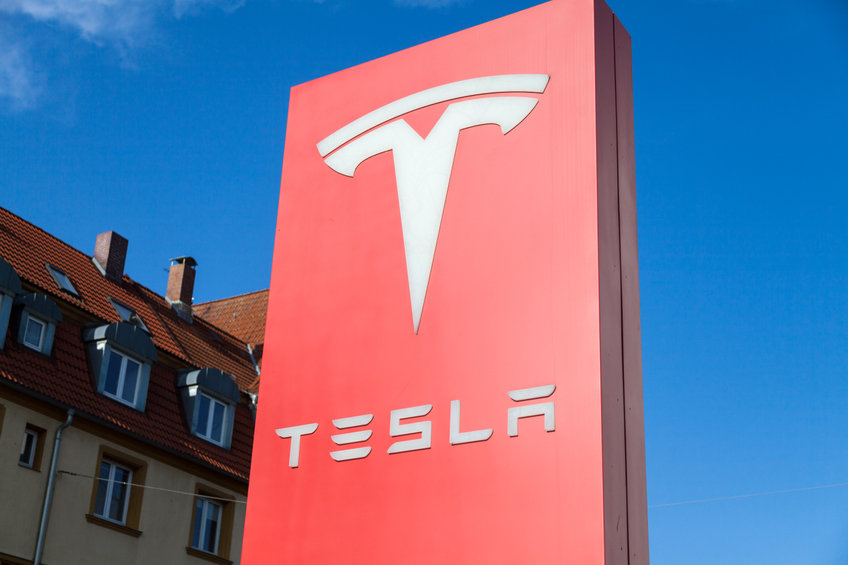Tesla, the electric vehicle and robotics powerhouse, is feeling the pressure as global competition intensifies in the race to dominate autonomous driving and humanoid robotics.
In a surprising move, the company has begun offering $48 per hour to workers who will train as humanoid robots, a strategy aimed at accelerating the development of its Optimus robot.
As the World Robot Conference unfolds in Beijing, it’s becoming evident that Tesla may not be the frontrunner in these cutting-edge technologies, prompting the company to take unconventional steps to maintain its competitive edge.
Tesla vs. Xiaomi vs. Ubtech: Who will win the race?
Tesla’s latest initiative comes at a critical juncture as Chinese companies like Xiaomi and Ubtech rapidly advance their humanoid robot programs.
These companies are making significant strides in delivering humanoid workers to industries across China, from healthcare to manufacturing.
The growing competition from these Chinese firms is pressuring Tesla to speed up its progress in robotics and autonomous driving.
To accelerate the training of its Optimus robot, Tesla is hiring workers to perform tasks while wearing motion capture suits and VR headsets, simulating the robot’s expected functions.
These individuals, who must meet specific height and physical requirements, will work seven-hour shifts, performing labor-intensive tasks such as carrying up to 30 pounds.
By having humans mimic the robots’ intended movements, Tesla aims to gather valuable data that could streamline the robot’s development and reduce reliance on more sophisticated—and expensive—technology.
Tesla’s strategy raises questions
Despite the innovative approach, Tesla’s strategy raises questions about the long-term viability of using human workers to train robots.
While this method may provide immediate benefits, it remains uncertain how effectively robots can replicate complex human movements and interactions based solely on these simulations.
Moreover, Tesla’s broader challenges in the autonomous driving sector continue to mount.
Rivals such as Waymo and Cruise have made significant progress in self-driving technologies, while Tesla has faced ongoing issues with its Autopilot system.
Compounding these technical challenges is the distraction posed by Tesla CEO Elon Musk’s increasing involvement in political affairs.
Speculation about Musk’s potential role in a future Trump administration has raised concerns among investors that his focus may be shifting away from the company at a crucial time.
As Chinese companies appear poised to outpace Tesla in the robotics market, Musk’s political ambitions could prove detrimental to Tesla’s long-term success.
Tesla investor concerns
Tesla shareholders have grown accustomed to the company’s ups and downs, often buoyed by the stock’s impressive performance despite various setbacks.
However, the recent delays in both the Robotaxi event, now postponed to October due to a design flaw, and the Optimus robot’s development, have started to test investors’ patience.
With Tesla stock falling over 6% in yesterday’s trading session, the company faces increased scrutiny from shareholders who may soon demand answers about Tesla’s future direction.
As the end of the year approaches, the pressure on Tesla is likely to intensify, especially if Chinese competitors deliver their humanoid robots to the market first.
This could force Tesla to reassess its strategies and refocus on its core technological advancements, rather than allowing external distractions to undermine its competitive position.
The post Tesla’s Optimus: Company offers workers $48 an hour to train humanoid robots appeared first on Invezz
